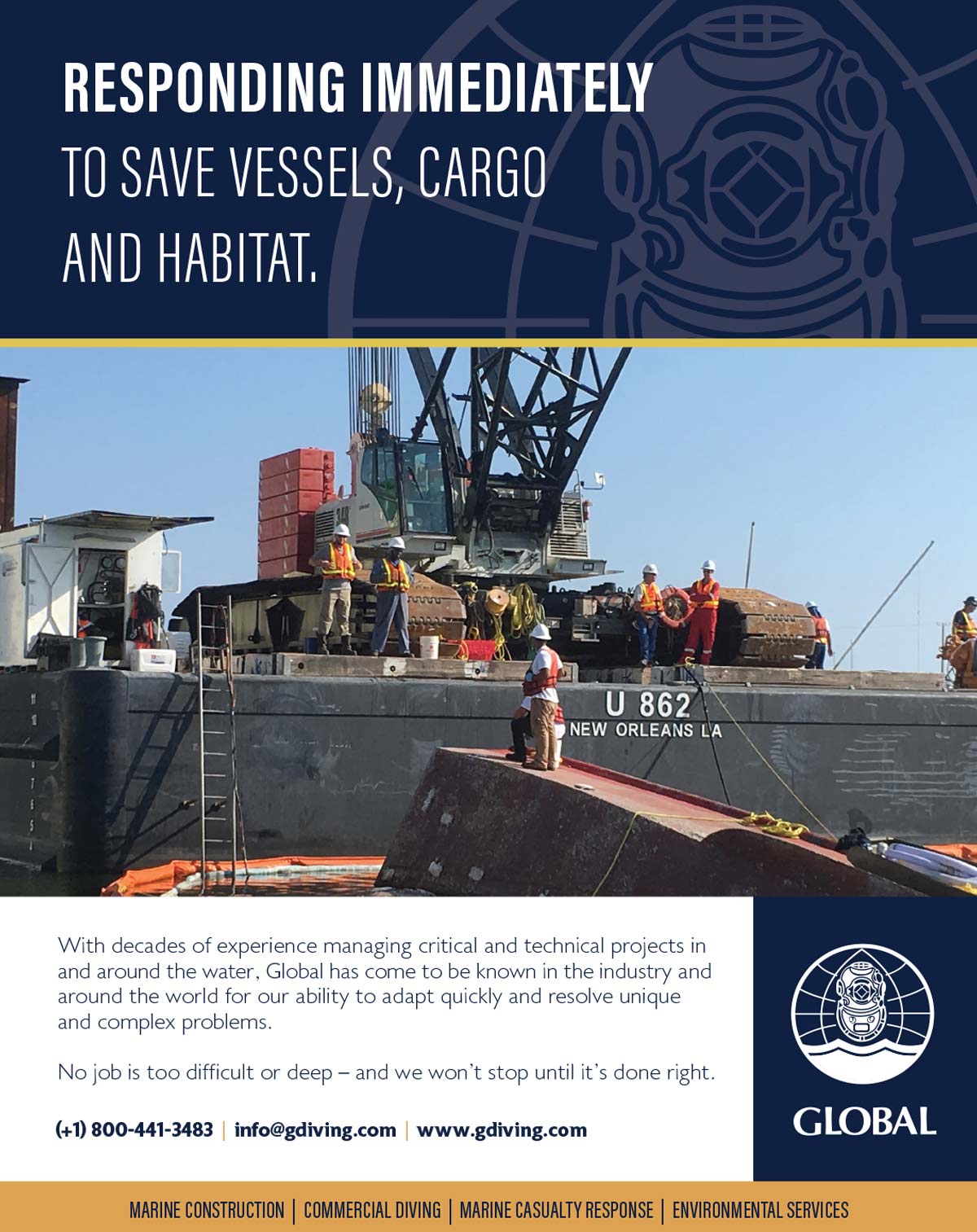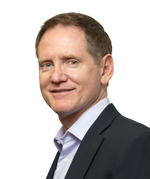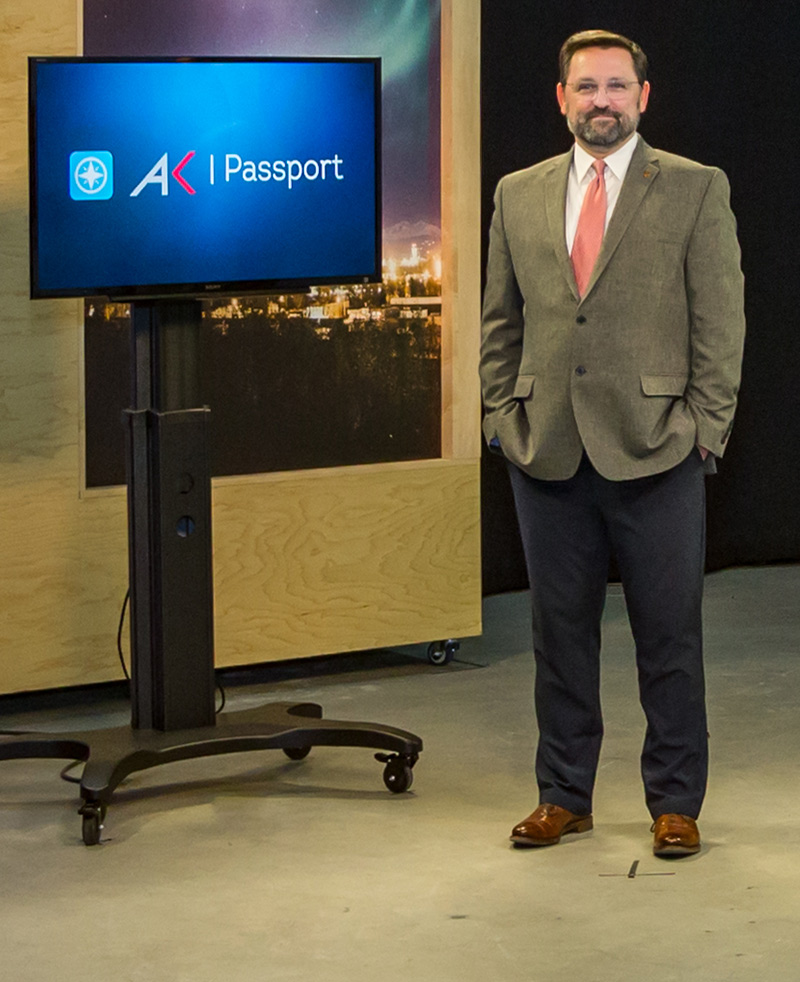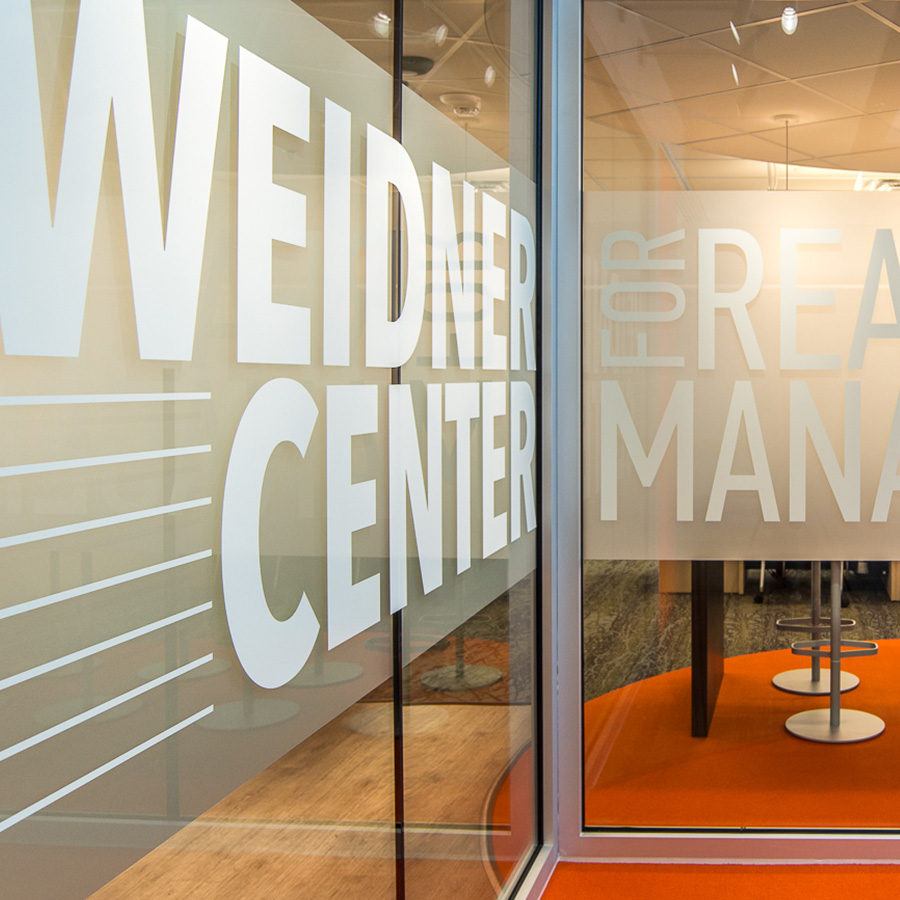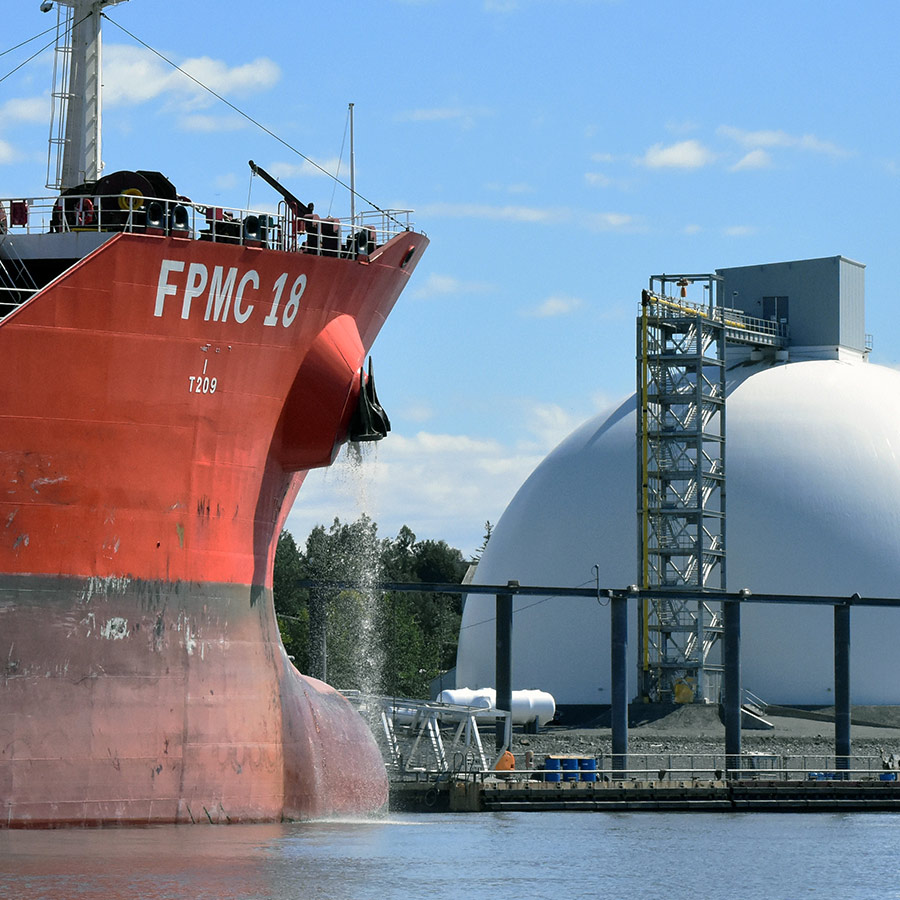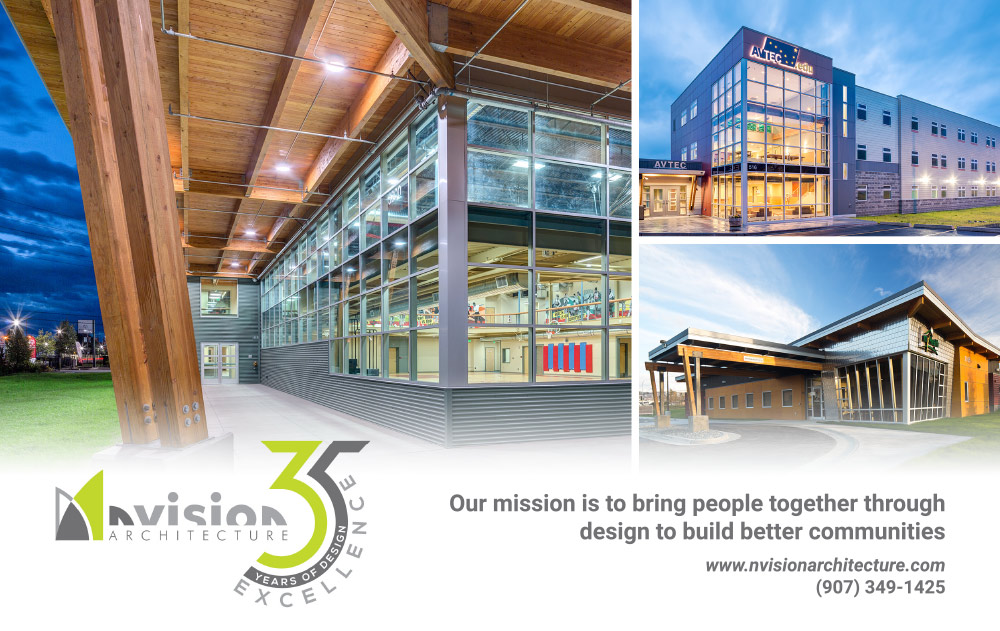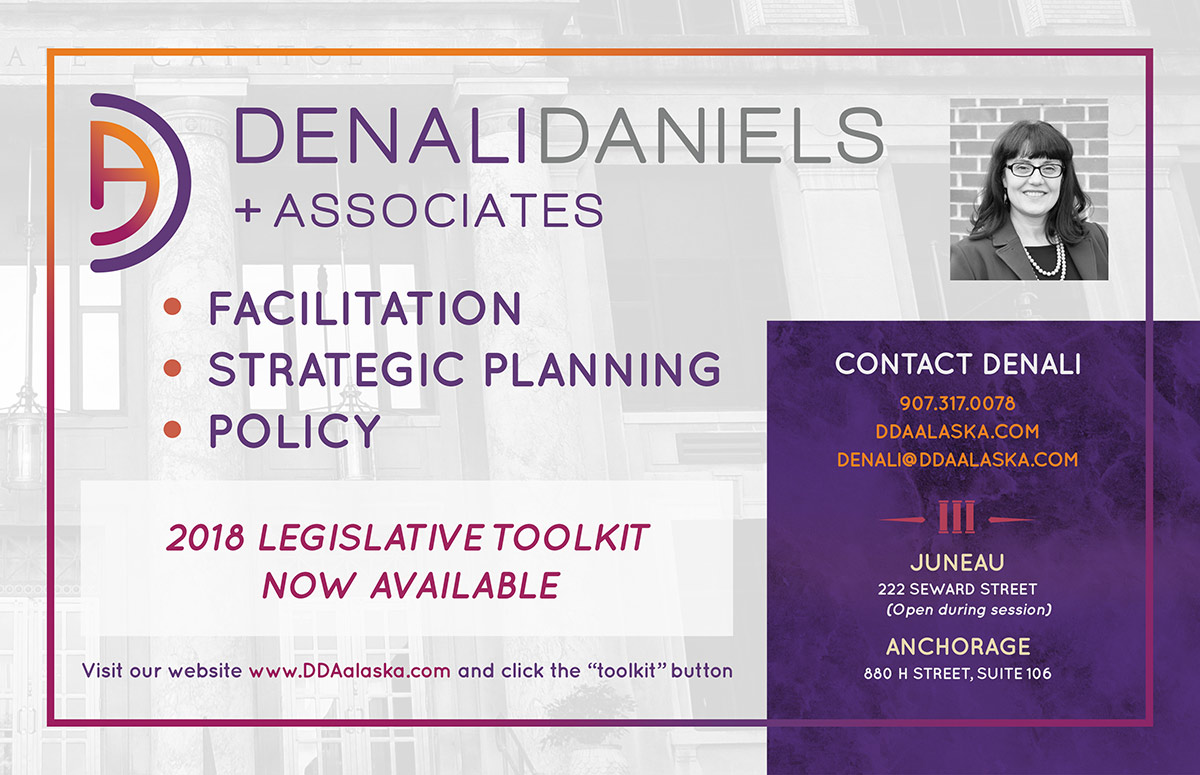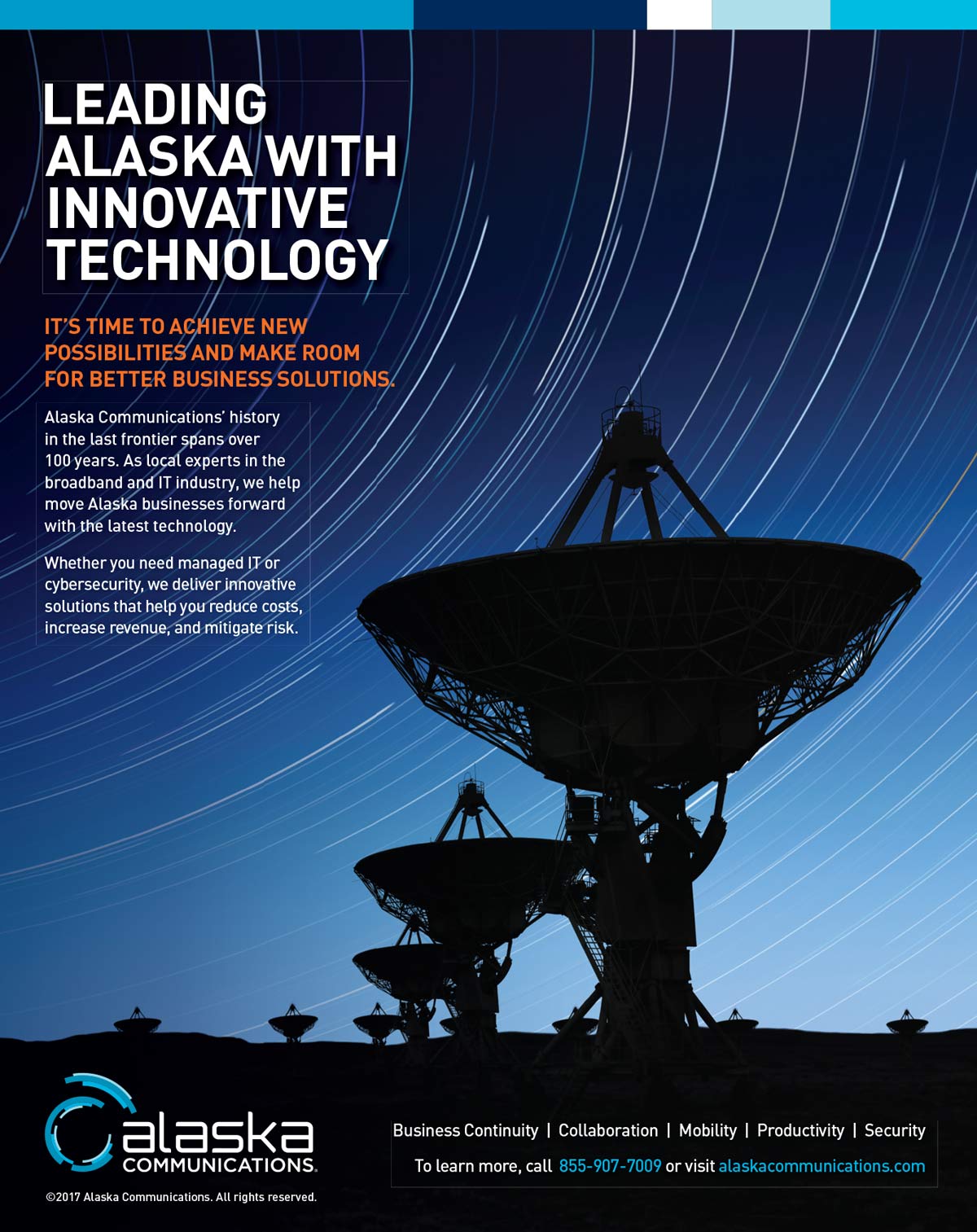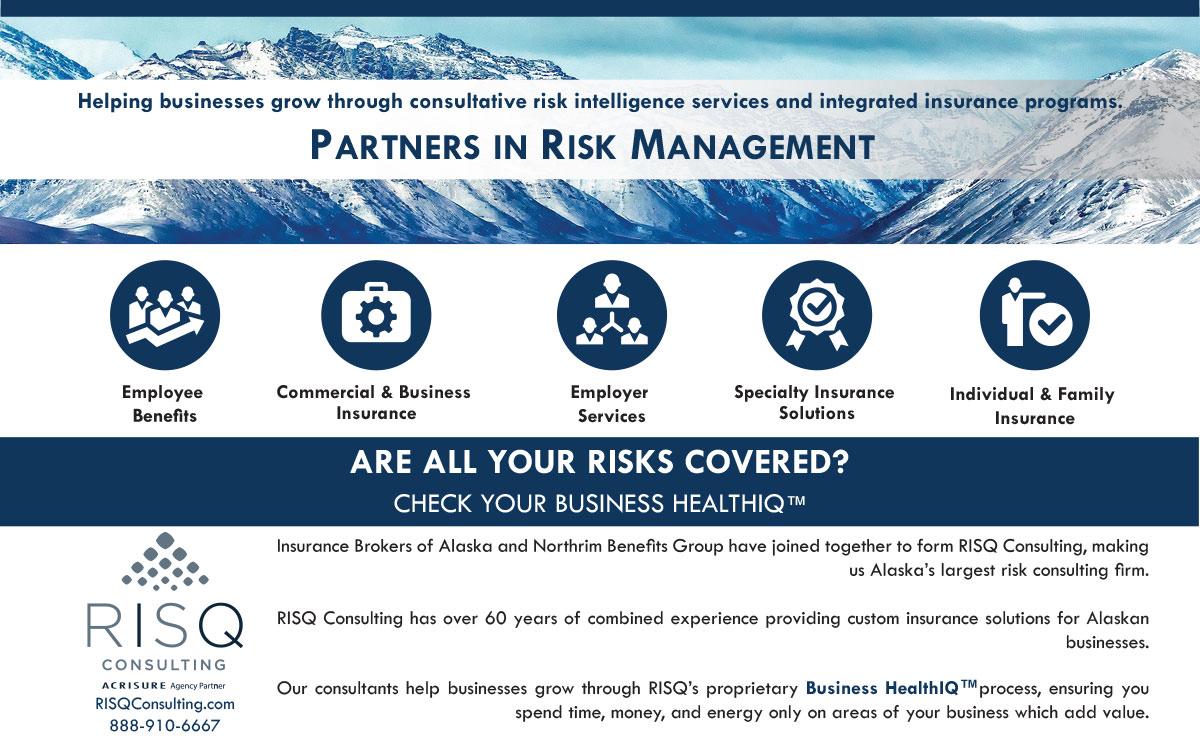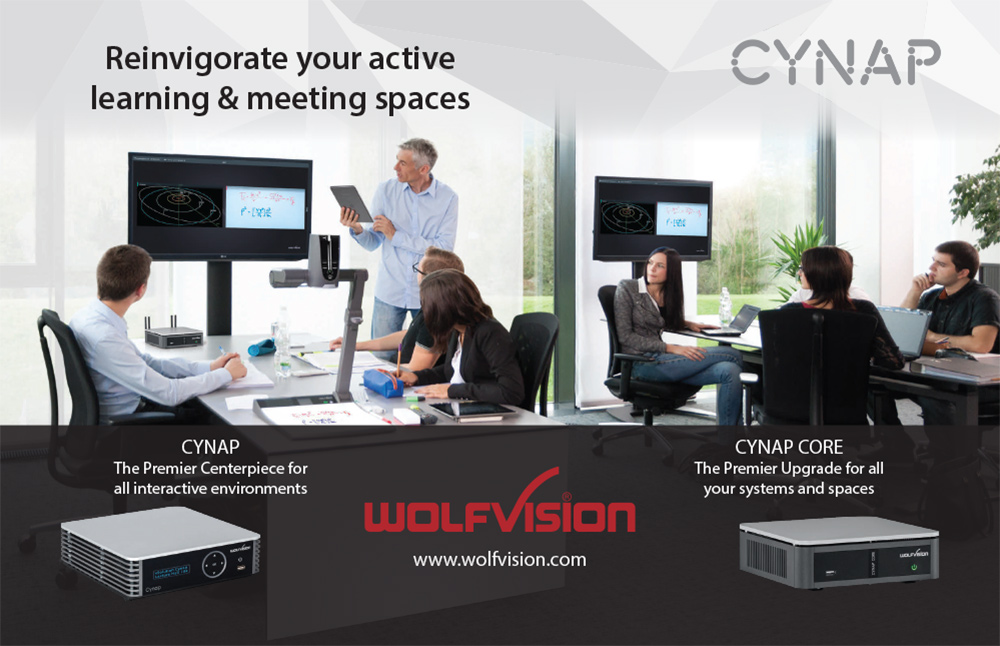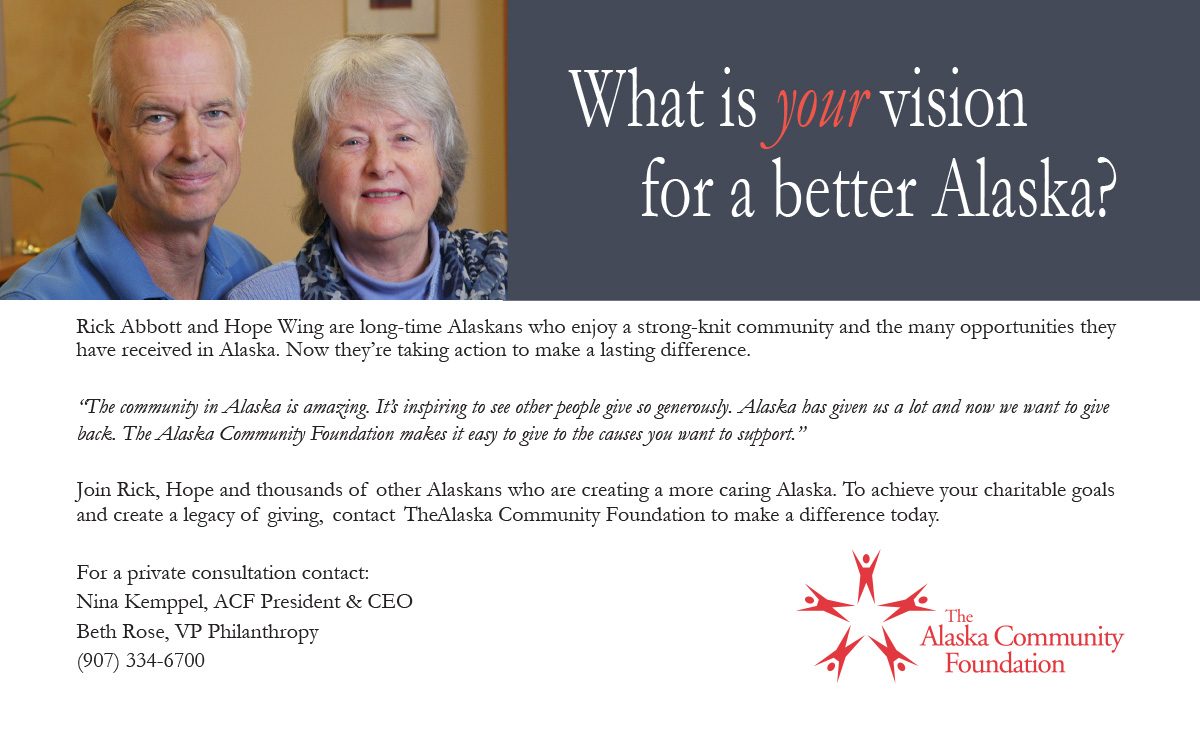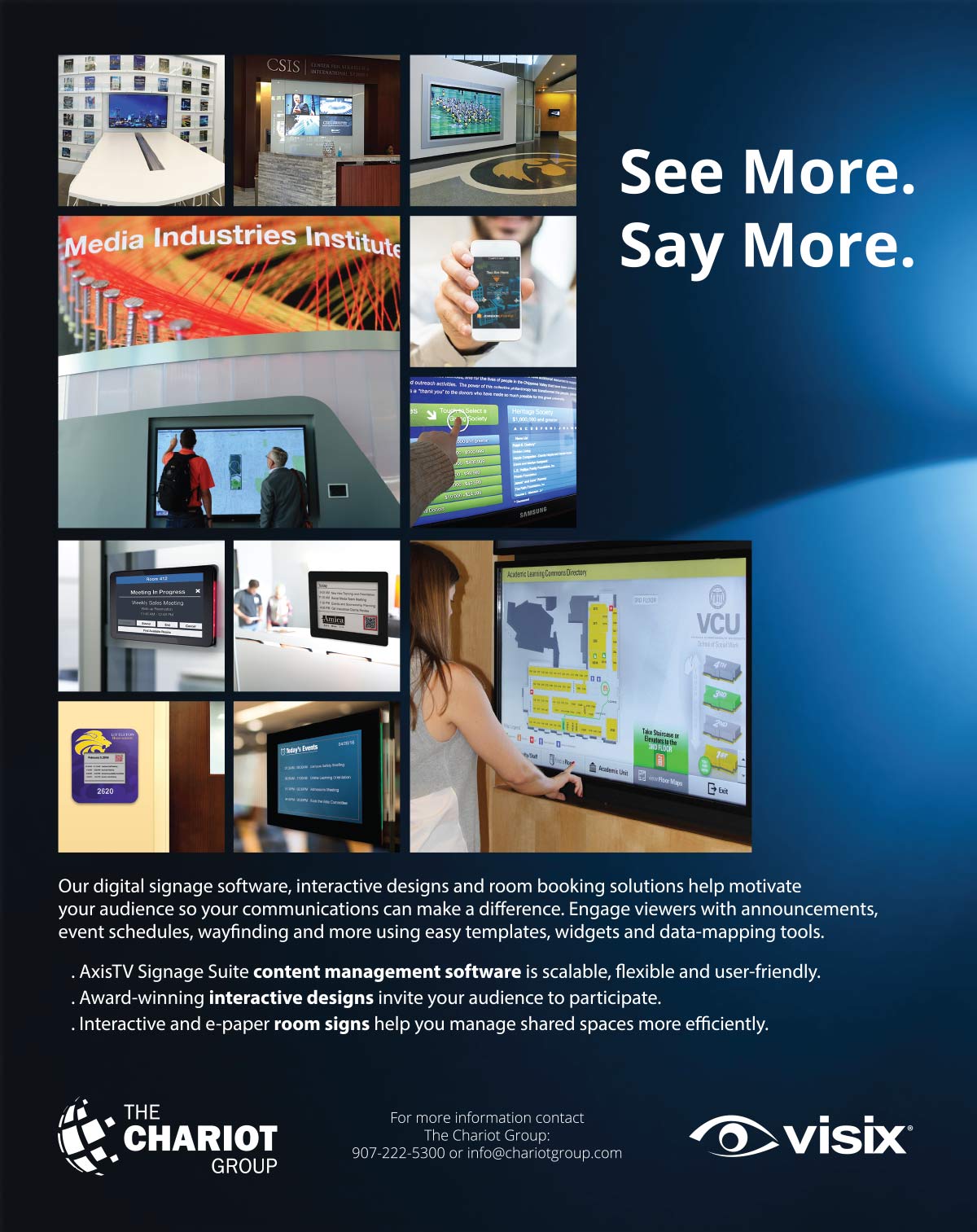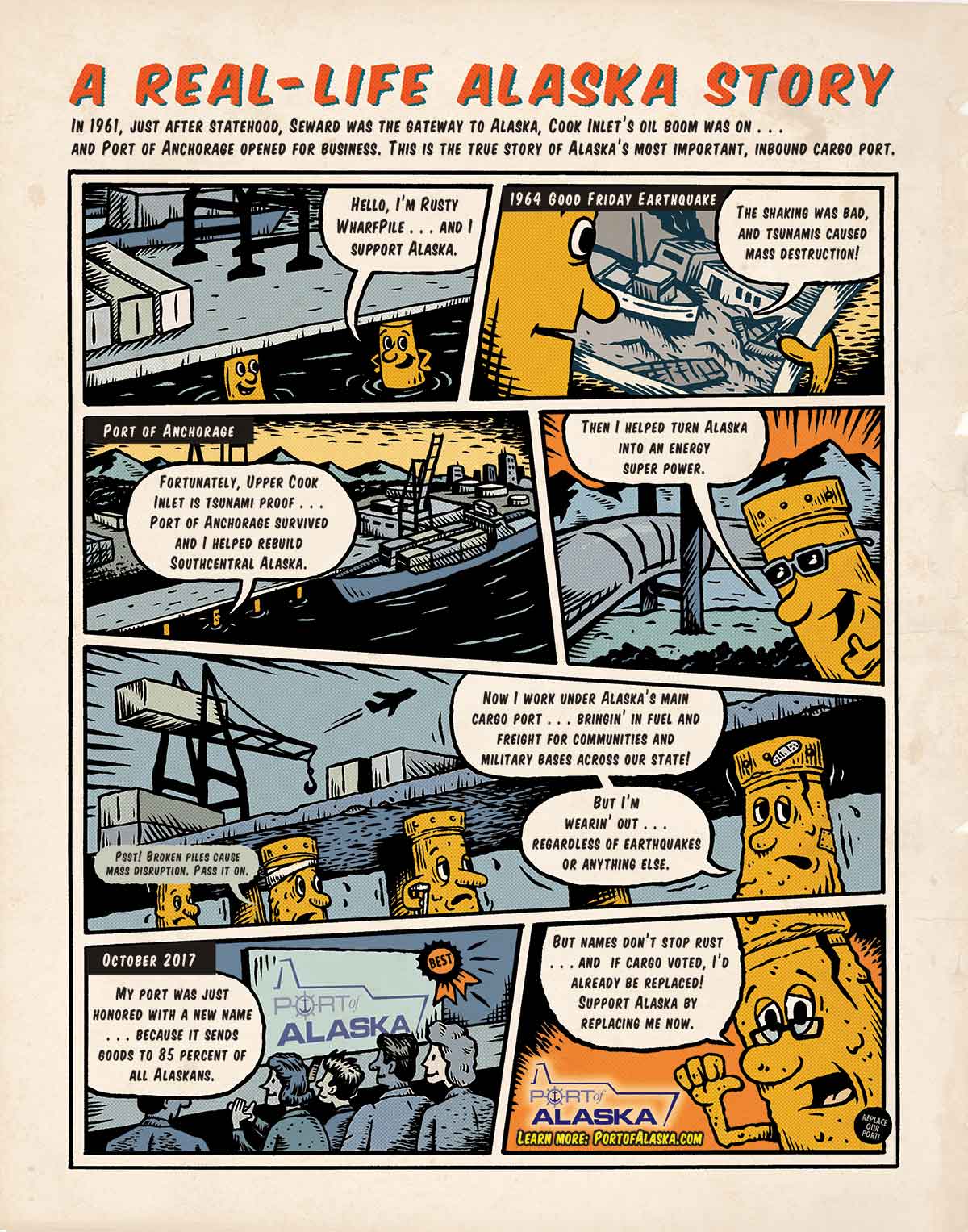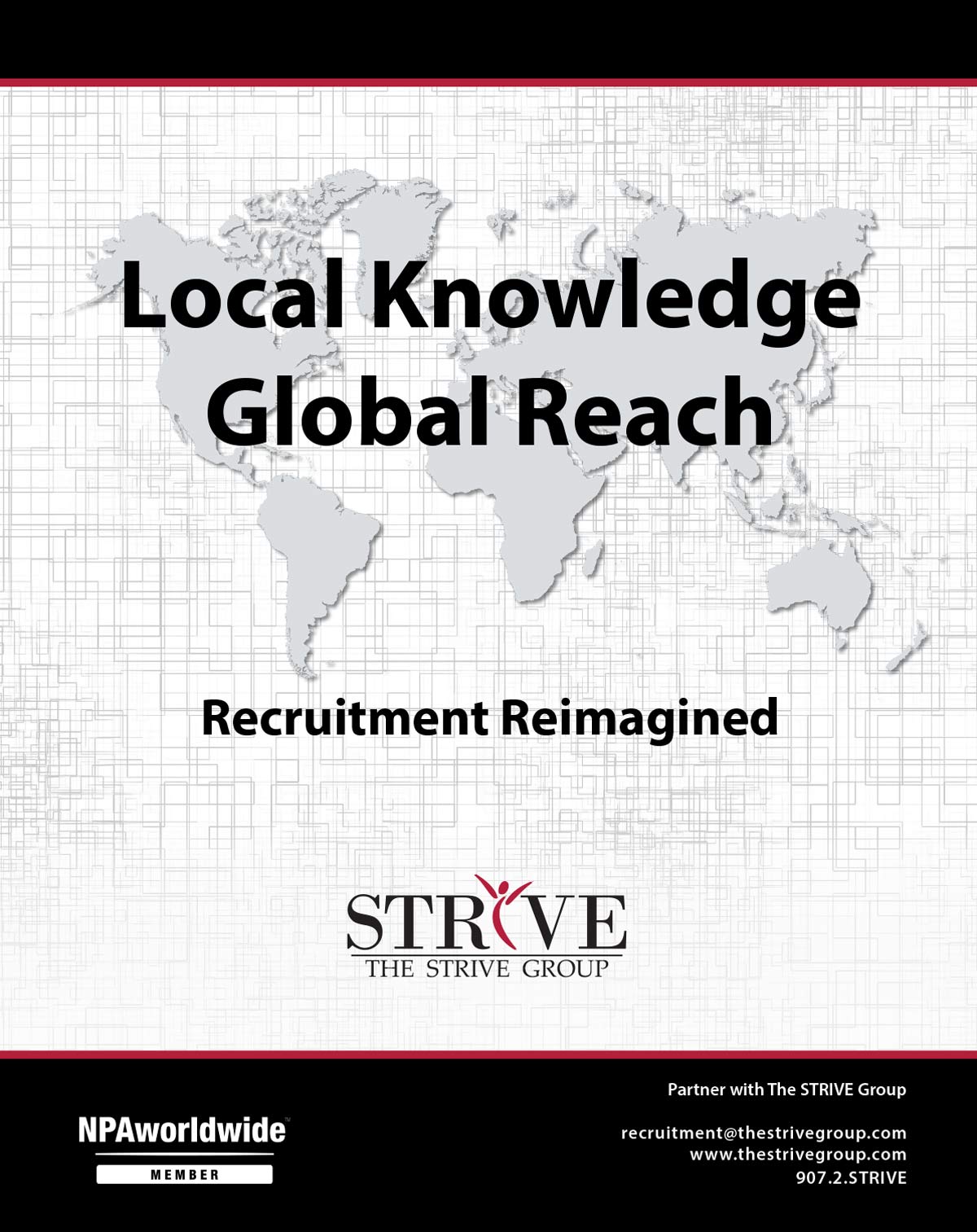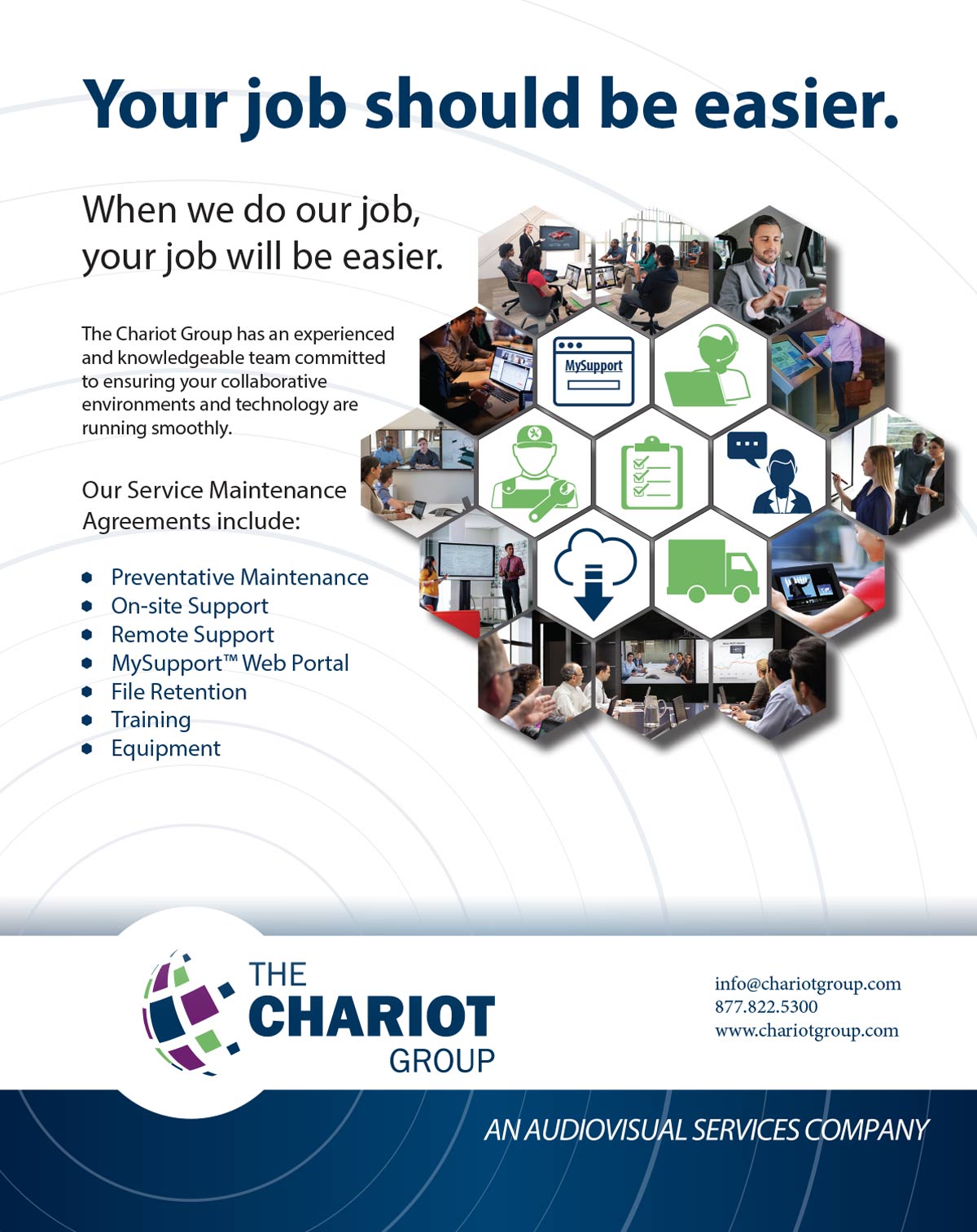
January-March 2018
An Exciting Time
Opportunities previously unimaginable are on the horizon.
“What an exciting time to be alive!” Yes, he said it. Who says something like that in these trying times? With all the social and political turmoil, not to mention the technical disruption, this kind of optimism felt out of place. But there he was standing before me, this man in his mid-fifties, eyes gleaming with enthusiasm and the anticipatory energy of a runner in the starting blocks. There were plenty of good conversations to be had that day. And yet, the most memorable moment was this gentleman’s one-liner and the optimism his eyes conveyed.
He is right, you know. Opportunities previously unimaginable lie before us with only our imagination, our willingness to commit, and, most important of all, our attitude as limiting factors. I have heard it said, “The most important decision a person makes in their lifetime is whether the world is inherently for them or against them.” I have always believed this to be true and that this single decision prejudices all of its subordinates and, ultimately, one’s attitude. The statement implies that a for or against decision, once made, is final. But in truth, the polarities of our life experience and the wealth of information absorbed on any given day can result in a cornerstone shift and attitude reorientation.
Times have changed. The once rhythmic drip of information coming from sources like the evening news and the daily paper have become a torrent of newsfeeds and opinion. This increased information flow, when combined with the bad and sensational rising to the top of the news cycle, can be a catalyst for people feeling the negative pull. It is the corrosive nature of the negative that eventually gives way to a pessimistic view. This pessimism erodes not only our world view, but our individual sense of security and overall wellbeing – we become fearful.
Is it really true that the negative represents the majority view? Or, for that matter, even a substantial minority? I think not. And it is the purpose of the STRIVE platform to make visible the positive narrative. STRIVE brings forward innovative people and ideas that express the mass of positive energy that lies just below the surface of the day’s headlines. I have always found the majority of people I interact with to be positive. Since launching STRIVE in July 2016, that experience has been continually reinforced. I have had conversations with individuals from Berlin to Queensland and found unwavering optimism for the future and enthusiastic support for a platform that shares a positive vision of the horizon.
There have always been challenging times, and we have always had to adapt. Our current circumstance is only different in that technology serves as a change-accelerator and the internet is an indiscriminate echo chamber: It reverberates and amplifies news and opinion based on algorithms, and perhaps even controlling bias, rather than constructive content and long-term value.
It is a fact that we will not be able to control the pace of change. However, it is equally true that we can control how we respond. The attitude and intent we carry into the future is entirely an individual responsibility. Truth be told, our response and our contribution to the world are the only things we have ever been able to control. The choice is ours. It always has been.

JAN – MAR 2018
Editor
Nance Larsen
Cover & Cover Story Photos
Glenn Aronwits
gapanorams.com
Visualizer
Jeanette Hamje
Administration
Emmalee Bishop
Karin Norgard
Publisher
Rick Thomas
Published By
The STRIVE Group
Sales
sales@thestriveproject.com
907.278.7483
Copyright © 2018
The Strive Group, LLC
All rights reserved.
![]()
Subscribe to the magazine:
thestriveproject.com/subscribe
Contents
By Edward J. Ulman
CEO/General Manager
Alaska Public Media
By Dr. Lauren van Vuuren
The rapid development of “techie” Berlin.
By Mead Treadwell
Envisioning a new owner’s manual for the Arctic.
By Terry Fields
Leading edge management education in The Last Frontier.
By Meredith Noble
Building cities that thrive.

Photo by RDTviews © 2018
Berlin: Dreaming the Future in the Shadow of the Past
By Dr. Lauren van Vuuren
Berlin in 2017 is a city bristling with new technology start-ups. Young people from all corners of the world take advantage of cheap rent and an abundance of shared workspaces, often working strange hours in keeping with the wild nightlife of the city. When they’re not working, they race around on fixed gear bikes through the wide streets of Prenzlauer Berg, Friedrichshain, and Mitte. In this irreverent, youthful, and intense environment, the potential of technology to make the world a better place seems unlimited. It is telling that one of the journalists who broke the Edward Snowden story, Laura Poitras, chose Berlin as her base. It is a deeply progressive city, where people treat freedom of the press, freedom of expression, and freedom of movement as inviolate human rights. The drum of the right-wing party Alternative For Deutschland (AFD), beloved in some small towns across the old east Germany, beats very, very faintly in the great metropolis on the Spree. It is precisely the freedom and internationalism of the city that attracts people from around the world. The tech start-up industry has massively boosted Berlin’s always flagging economy. In a mere 10 years, the city has gone from being a minor player on the tech scene to the home of around 2,500 start-ups.
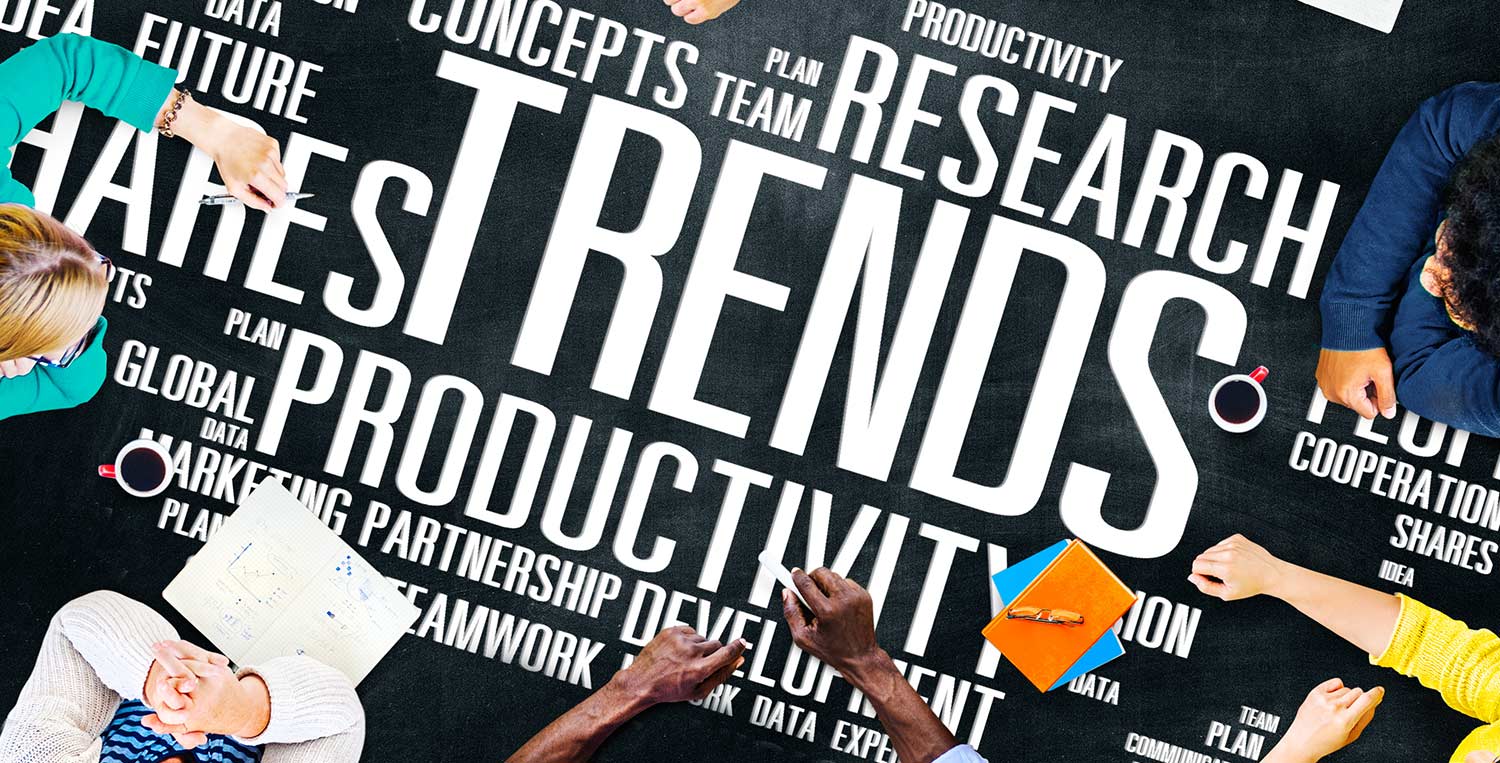
Forward Leadership
By Dennis McMillian
“One cannot manage change. One can only be ahead of it.” – Peter Drucker
Running an organization has never been easy, but today’s business leaders may face the most complex challenges in history. While trend analysis isn’t a perfect science, it may be the best tool we have to stay ahead of change
One example is Moore’s Law on rapidly changing technology. In 1965, Moore observed that the number of transistors in a dense integrated circuit doubled approximately every two years; that trend continues today. Futurists rely on such trend analysis to help leaders better anticipate what may happen.
Modern futurism began in the early 20th century with H.G. Wells’ Anticipations. Since then, we’ve had Alvin Toffler’s Future Shock, John Naisbitt’s Megatrends, and many others providing interesting and at times accurate predictions of where society and technology will go.
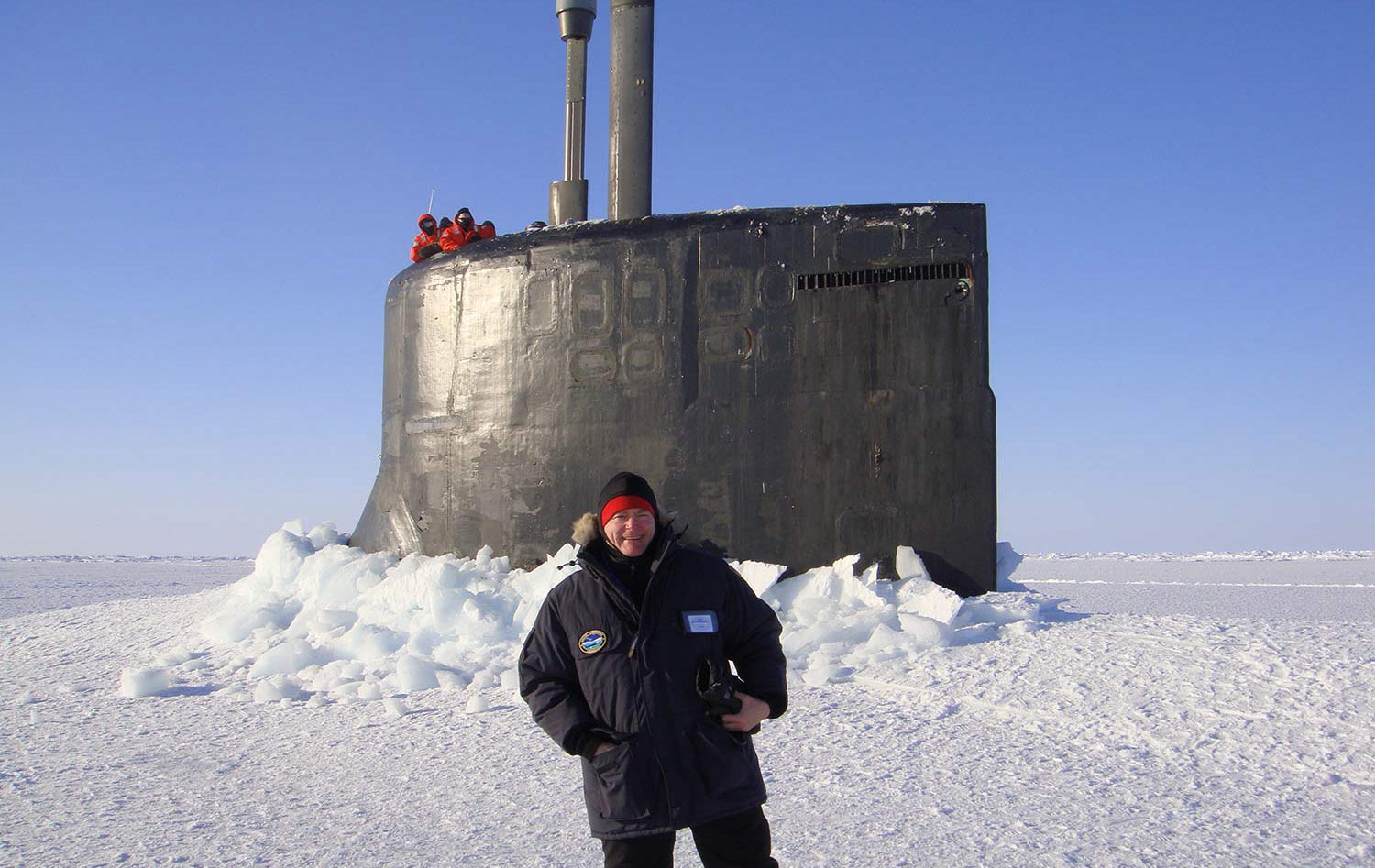
Harnessing Innovation in an Accessible Arctic
By Mead Treadwell
We need an owner’s manual for a new ocean: the Arctic.
The owner’s manual is necessary and timely because this is an ocean like no other. It is becoming more accessible to shipping and exploitation (in both the good and bad sense of the word) due to a changing climate – but not changing climate alone. Rapidly advancing technology has added to the Arctic’s accessibility. Global demand for Arctic resources – be those resources oil, gas, fish, minerals, new places for tourists to visit, or shortcuts for ships and airplanes – is bringing new human activity to this region, and quickly. This is not your grandfather’s Arctic.
We all own the ocean, though five nations will ultimately control most of the Arctic Ocean bottom. Countries as far away as India, Singapore, Japan, Korea, and China have joined the eight-nation Arctic Council as “observers,” but I think of them as partners because goods to and from their nations will be shipped through the Arctic. Somehow, as the world comes to this place, we need to ensure the needs of the people who live here – people who rely on Arctic Ocean species for food, and who currently pay large amounts for groceries, construction materials, and energy – are also met.
Trust Work
Nurturing Relationships When You Don’t Need Them
By Archana Mishra
We all know that building relationships and networks is essential to achieving our goals. But working in six different cities and three different countries where no one knew me has taught me the power of nurturing old relationships when we don’t need them. My investment in relationships for their own sake – what I call “trust work” – helped me in unexpected ways to achieve extraordinary goals in the most unusual places.
The inspiration for this article came during a conversation with my PhD supervisor who had reached out to congratulate me on a successful project. I recently brought together 40 Alaskan leaders from private, government and not-for-profit sectors to participate in my research study based at the University of Queensland Business School in Australia. Given the difficulty in recruiting people for any research study in general, getting some of the busiest executives in Alaska to participate – two years after leaving the state – was deemed extraordinary in academia.
Shortly after this conversation with my supervisor, I received an email from my boss at the law firm in India where I started my first job as an attorney. He was checking in to see how I was doing and give me an update on a lawsuit we had filed when I worked with him nearly 18 years ago. Quite coincidentally, while I was reading that email, I received a reply to a text message I had sent to one of my classmates at the business school in Perth regarding a possible collaboration on a social project. These types of exchanges have become regular occurrences for me.
What We Really Want: Engagement, Experiences, and Connection
By Edward J. Ulman
I believe the core principles driving public media can make your business more successful.
While it’s rare for business leaders to turn to an NGO for advice, think about this: A national study1 conducted in 2017 found that PBS and its member stations are rated #1 in public trust among nationally known institutions. This is the fourteenth year in a row that the American public put PBS ahead of the courts of law, cable and commercial television, online media, newspapers, and the federal government.
Do I have your attention now? Good. Let me tell you how we – and businesses people love to be loyal to – do it. It all begins with how you view your customers. In public media, we see people as citizens, not consumers.
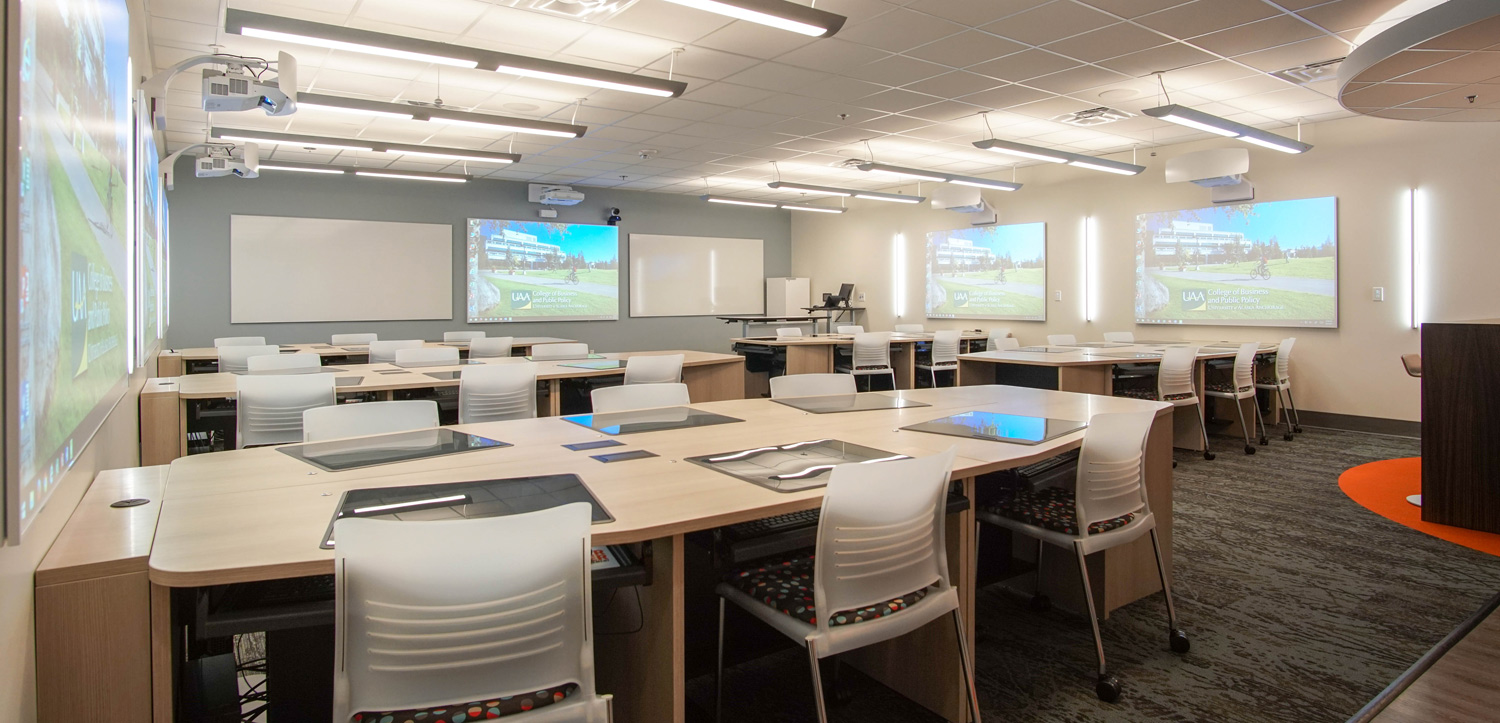
Love What, Where and How You Learn
On the leading edge of real estate management education in The Last Frontier
By Terry Fields
LOVE WHAT YOU LEARN
When I grow up, I want to be a (FILL IN THE BLANK). Doctor, teacher, engineer, scientist, astronaut, or pilot would be expected. Real estate manager would not. I want to change that through vibrant, collaborative learning environments.
The Way Way Background
As a young child, I was always interested in building things – Legos, Lincoln Logs, forts. I was one of those kids that loved Monopoly in second grade and would play computer games like SimCity and RollerCoaster Tycoon for hours. I collected football cards, religiously cataloging, researching, and monitoring their changes in value. I would start odd jobs to generate cash, and I excelled at selling candy bars, coupon books, and magazines for various fundraisers. Little did I know I was learning the lessons of supply and demand, scarcity, relationship selling, and investing.

A student watches a lecture online via Mediasite.
Technology Across Borders
By Gary Weis
Imagine what would happen if there were no barriers to learning – if everyone who wanted to receive an education could do so regardless of their location, time (or lack thereof), or financial circumstances.
One of the reasons I believe online learning is so successful is because it is powerful enough to bridge time and distance, allowing schools to cross borders and educate students all over the world.
Geographical barriers can prevent students from attending classes, and those in bandwidth-challenged areas aren’t able to reliably receive live online learning content. The valuable ability to time shift becomes even more important in the face of unexpected events, such as epidemics, hurricanes, and wildfires. In situations like these, I’m seeing K-12 schools, colleges, and universities turn to unique video solutions to ensure learning isn’t disrupted.

Photo by RDTviews © 2018
An Innovative & Resilient Urban City
By Mayor Ethan Berkowitz
Since taking office as Mayor of Anchorage, I’ve consistently asked people to take me out past where I can see. I say that because if we keep doing what we’ve been doing, we’re going to keep getting the same results.
In a dynamic, interconnected world where commerce and climate are constantly shifting, resiliency and innovation – the ability to face challenges and weather difficulties – are imperative for success. That’s why I’m committed to implementing change that is fiscally responsible and represents the environmental stewardship that Alaskans value.
I believe Anchorage can be a leader when it comes to resiliency, and government can be the catalyst to make that happen. To do that, we need to take advantage of our strengths and evolve past our deficiencies. This means revising practices to reduce costs, increase efficiency, and enhance our resiliency. Luckily, we Alaskans are creative problem solvers.

An Infrastructure Crossroads
Aging port has big challenge
By Steve Ribuffo
According to the American Society of Civil Engineers (ASCE), the United States is facing a critical juncture. Infrastructure throughout our country is in a sad state of disrepair, deteriorating rapidly in 16 major categories. The situation is impeding our nation’s ability to compete in a thriving global economy, and dramatic improvements are necessary to ensure the country is built for the future.
I, and others charged with the safekeeping of crucial infrastructure facilities, feel the U.S. can no longer afford to defer infrastructure investment. Reversing a trajectory fueled by decades of underinvestment in the nation’s infrastructure will require transformative action from government entities, states, and infrastructure owners.
In a recent ASCE study, which graded the American infrastructure system at a D+, to close the 10-year, $2 trillion investment gap, address future need, and restore a global competitive advantage, the nation must increase investment from all levels of government and the private sector from 2.5% to 3.5% of U.S. Gross Domestic Product (GDP) by 2025.

Photo by RDTviews © 2018
Making Community Engagement Quick, Creative, and Collaborative
By Meredith Noble
“What do you do?”
It’s the most common question asked when meeting someone new. If you’re like most people, you will answer with your job title. But is that who you are, you job title? Worse yet, what if your job is less than fulfilling?
If you’re nodding in agreement, you’re among the 85% worldwide who feel disengaged at work.1 So what’s the answer… quit your job and follow your dreams?
Not necessarily. The nexus between our professional skills and personal interests is where we are best suited to make a difference and find purpose. No matter whom you ask, everyone can think of something they’d like to improve in their community. Bicyclists and pedestrians want to feel safer. Businesses want vibrant commercial districts. Residents want attainable housing and locally sourced food. And everyone wants a creative, resilient workforce. These are all anchors of vibrant communities.

Thanks for reading our January-March 2018 issue!

